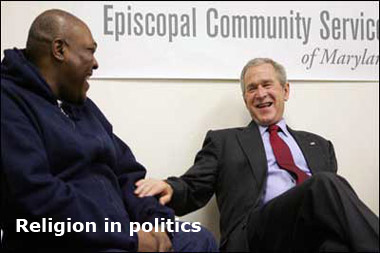One of every 100 adults in the United States is in prison, the highest rate in the world, besting such global bastions of human rights as Russia, South Africa, and China. India, with more than one billion citizens, has only 281,000 prisoners total. Why are incarceration rates so high in the United States compared to the rest of the world?
Perhaps worse than the high incarceration rates in the United States is the racial bias that exists in the U.S. criminal justice system. A black male is nearly 10 times more likely than a white male to face a prison sentence. A Hispanic male is three times more likely than a white male to be imprisoned.
In our February issue, InTheFray explores what it is like to be imprisoned, both by the criminal justice system and by other forces. In The forgotten victims, Federica Valabrega tells the story of the families of death row inmates, people whose suffering is very real, but whose grief is often viewed as illegitimate, as it is on behalf of a convicted criminal. J.D. Schmid tells another untold story in A day in the life of a public defender, offering us a behind-the-scenes, first-person look at public defense in rural Minnesota.
In his review of Brother One Cell, the story of Cullen Thomas, James Card relates a bit of what it is like to be imprisoned in South Korea. Photographer Anna Weaver shares a series of images titled On the bricks again that tells the story of Tricia Binette, a recently released prisoner who is struggling to return to her former life while avoiding the dangers that previously landed her in prison.
Of course, those of us fortunate enough to escape imprisonment by the state often battle with the imprisonment of our own psyche. In her piece Craving freedom, Victoria Witchey tells her jailbreak experience, relating how she escaped from a prison of her own making. Christopher Mulrooney explores themes of imprisonment in his poetry series The luster of pearl and pico rat traps.
I suspect that the high incarceration rates in the United States can be largely attributed to the war on drugs. Many convicts and ex-convicts struggle with addiction to drugs and alcohol, and often terms of release dictate abstinence from chemicals. When they fail in their struggles with addiction, many find themselves back in jail. Treatment programs are available, but often underutilized or ineffective. The epidemic of drug use in this country is indeed serious, and must be dealt with in a serious manner, but it seems to me it is an inefficient use of resources to combat a disease by attacking the symptoms and ignoring the cause — the disease of addiction. There are no easy answers, but the human cost of the imprisonment approach to our drug epidemic seems too high to bear.
Aaron Richner I am a writer/editor turned web developer. I've served as both Editor-in-chief and Technical Developer of In The Fray Magazine over the past 5 years. I am gainfully employed, writing, editing and developing on the web for a small private college in Duluth, MN. I enjoy both silence and heavy metal, John Milton and Stephen King, sunrise and sunset. Like all of us, I contain multitudes.
- Follow us on Twitter: @inthefray
- Comment on stories or like us on Facebook
- Subscribe to our free email newsletter
- Send us your writing, photography, or artwork
- Republish our Creative Commons-licensed content


